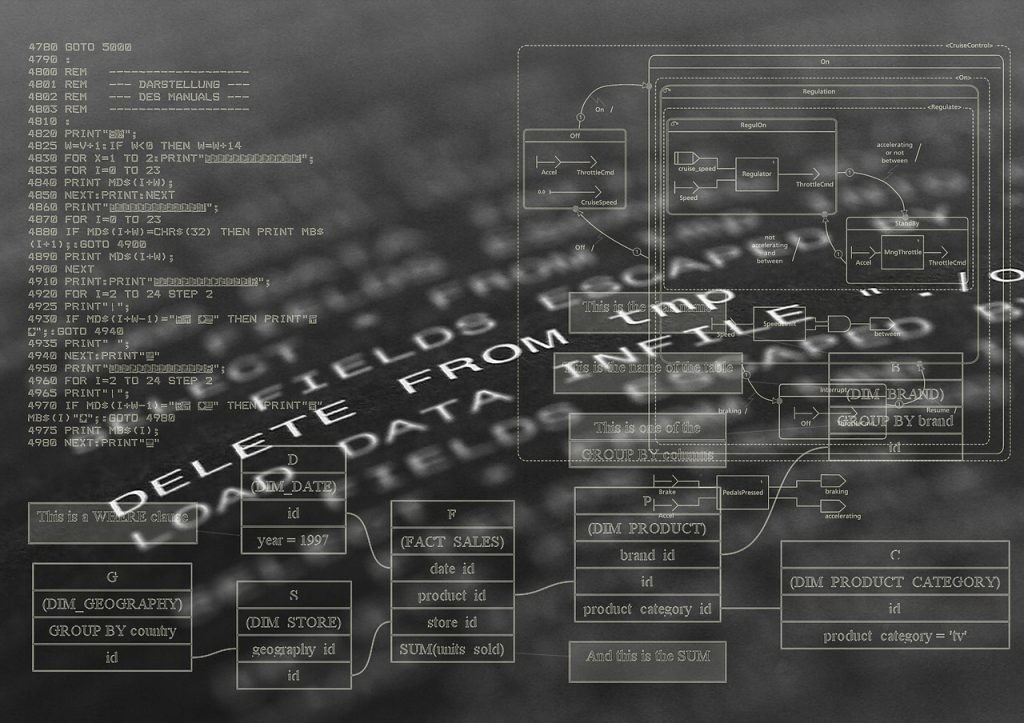
Competitive dynamics of the streaming market
*This is an AI-powered machine translation of the original text in Portuguese
In May of this year, Netflix announced that it would no longer allow the sharing of passwords for a single account among people watching in different households in Brazil, citing a decline in the number of subscriptions it had been facing¹. This initiative was followed by Disney+, which announced its crackdown on password sharing on August 9², the same day as the release of its quarterly financial report. These announcements come amid a context of growing competitive pressure in the streaming market, which saw a peak of service and offer diversification last year, with the entry of new players into a market that was once dominated solely by Netflix, when the company pioneered it.
The measures to address the commercial challenges in this scenario are diverse, as the costs of this industry – especially the production of movies and series – are too high to be covered solely by subscriptions. In this regard, Disney+ also announced this month the offering of an ad-supported subscription plan⁴, already available in the United States, Europe, and Canada. Another possibility being debated is the return of content licensing between studios and streaming platforms – which was the original operating model of this market before studios had their own platforms, and before platforms like Netflix and Amazon Prime Video began investing more in their exclusive content. Licensing agreements generate significant revenue for studios and also reduce the maintenance costs of their own platforms⁵, while ensuring content for companies dedicated exclusively or predominantly to streaming.
Mergers and acquisitions are often alternatives adopted by the market in highly competitive contexts like this. This is evident in the merger between Warner Bros and Discovery last year⁶, which combined streaming platforms, cable TV channels, film studios, and distribution activities. This case and the current dynamics of the media and entertainment sector blur the line between the streaming and traditional media markets. However, in Brazilian competition law, the analysis of market concentration by the Administrative Council for Economic Defense (CADE) still considers these markets as distinct⁷.
Despite this distinction, these two markets have similar structures, with the licensing of strategic content forming an important barrier to entry. Although content exclusivity has been subject to CADE's scrutiny, particularly in relation to the broadcast of football championships on television, the same parameters should not be automatically applied to the streaming market. The issue of competitive challenges in the streaming market was raised by ANATEL (National Telecommunications Agency) at the launch of CADE's study on the telecommunications market this year⁸. On that occasion, the Chief Economist of the Council pointed out the need for caution in applying old rules to digital markets⁹, which have their own dynamics.
Therefore, there is an expectation that new parameters will be developed in potential CADE analyses of the streaming market. However, some questions should be subject to the agency's analysis, such as content exclusivity, vertical relationships that many of the current players are part of, among others.
References



